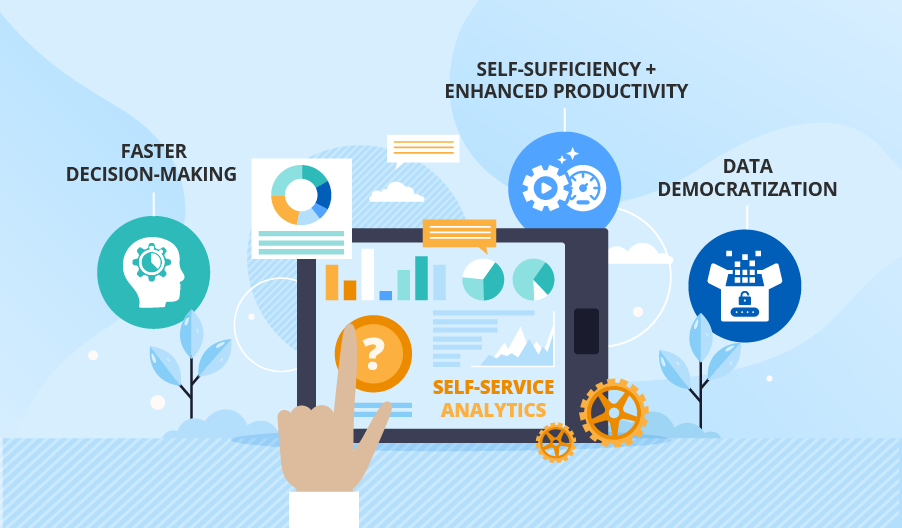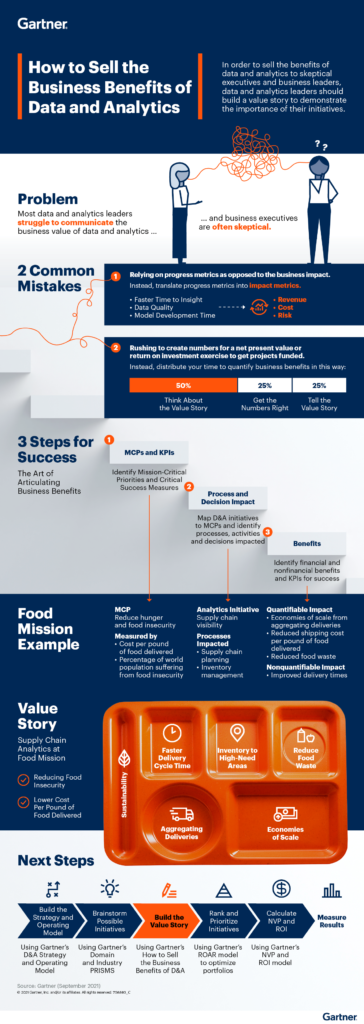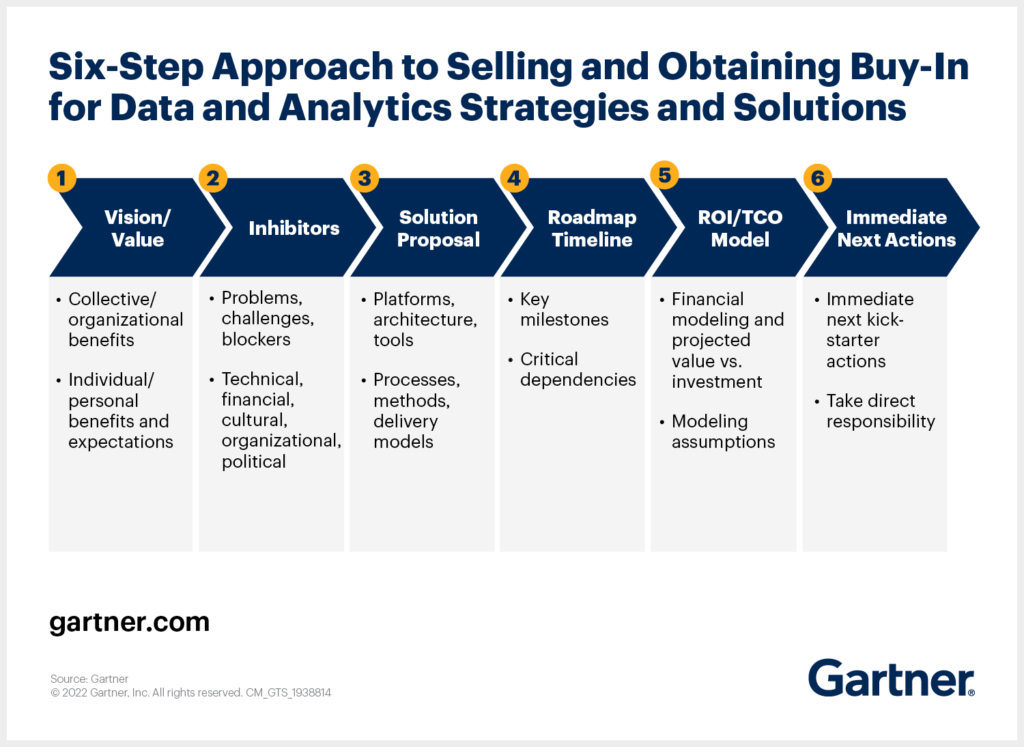As the business landscape continues to evolve, organizations are seeking innovative ways to improve their bottom line. One area that has gained significant attention is employee performance measurement. It is no secret that a company’s success relies heavily on the performance of its employees. Therefore, organizations are looking for ways to measure employee performance accurately and efficiently. One of the most promising solutions to this challenge is data analytics.
Data analytics is a powerful tool that can provide valuable insights into employee performance. With data analytics, organizations can track key performance indicators (KPIs) such as productivity, efficiency, and quality. This data can be used to identify trends, patterns, and anomalies that may impact employee performance. By leveraging data analytics, organizations can make more informed decisions about employee performance, identify areas for improvement, and ultimately drive better business outcomes. In this article, we will explore how data analytics can improve the measurement of employee performance and the benefits it can provide to organizations.
Data analytics can improve the measurement of employee performance by providing a comprehensive view of employee performance metrics. It can track and measure employee performance across all departments, and analyze the data to determine areas of improvement. It can also identify potential areas of development and provide useful insights into the employee’s strengths and weaknesses. Data analytics can also help identify patterns and trends in employee performance, and can be used to create personalized development plans.

How Can Data Analytics Improve the Measurement of Employee Performance?
Data analytics can be used to measure employee performance in a variety of ways. By collecting and analyzing data, companies can gain valuable insights into how their employees perform and use this information to make informed decisions about their workforce. This article will discuss how data analytics can improve the measurement of employee performance and provide examples of how it can be used.
Data Collection
Data collection is an important step in measuring employee performance. Companies can use a variety of methods to collect data, such as surveys, interviews, and observations. This data can then be analyzed to gain insights into employee performance and behavior. By collecting and analyzing data, companies can get a better understanding of their employees and develop strategies to improve their performance.
Data analytics can also be used to track and monitor employee performance. Companies can use analytics to identify patterns in employee behavior and performance, as well as to track changes over time. This information can be used to identify areas for improvement and to measure the effectiveness of changes implemented.
Data Analysis
Once the data has been collected, it must be analyzed to gain insights into employee performance. Data analytics can be used to identify patterns and trends in the data, as well as to measure the impact of changes. Companies can use analytics to identify the most successful strategies and make informed decisions about how to best use their resources.
Data analytics can also be used to measure employee performance against goals and objectives. Companies can use analytics to track the progress of individual employees and the performance of their teams. This information can be used to measure the effectiveness of training programs and other initiatives designed to improve performance.
Data Visualization
Data visualization is an important tool for measuring employee performance. Companies can use data visualization to present data in an easy-to-understand format. By visualizing data, companies can get a better understanding of their employees and their performance. Data visualization can also be used to identify areas for improvement and track the progress of changes implemented.
Data-Driven Decision Making
Data analytics can be used to make informed decisions about employee performance. Companies can use analytics to identify areas for improvement and develop strategies to improve performance. By analyzing data, companies can gain insights into their employees and develop strategies to maximize their performance.
Data analytics can also be used to measure the effectiveness of changes implemented. Companies can use analytics to track the progress of changes and measure the impact of initiatives designed to improve performance. This information can be used to identify areas for improvement and make informed decisions about how to best use their resources.
Conclusion
Data analytics can be used to improve the measurement of employee performance in a variety of ways. By collecting and analyzing data, companies can gain valuable insights into how their employees perform and use this information to make informed decisions about their workforce. Data visualization can also be used to present data in an easy-to-understand format, and data-driven decision making can be used to identify areas for improvement and develop strategies to maximize performance.
Frequently Asked Questions
Data analytics can play an important role in helping organizations measure employee performance. In this article, we will explore how data analytics can be used to improve the measurement of employee performance.
What Is Data Analytics?
Data analytics is the process of collecting, analyzing, and transforming data into meaningful insights. It involves using various techniques, such as data mining, machine learning, and statistical analysis, to gain valuable insights from data. Data analytics can be used to help organizations make better decisions by providing them with valuable insights about their performance.
How Can Data Analytics Improve the Measurement of Employees Performance?
Data analytics can be used to gain insights into employee performance, such as their work habits, productivity, and job satisfaction. By analyzing data from a variety of sources, such as surveys, time-tracking software, and other performance metrics, organizations can gain a better understanding of how their employees are performing. This can help them identify areas of improvement, recognize employees who are excelling, and identify any potential issues.
Data analytics can also be used to create predictive models that can help organizations anticipate potential performance issues. For instance, by analyzing past data, organizations can predict when employees may be at risk of leaving the company or when they may need additional support. This can help organizations proactively address any potential performance issues before they become a problem.
What Are the Benefits of Using Data Analytics to Measure Employee Performance?
Using data analytics to measure employee performance can provide organizations with a range of benefits. For instance, it can help them make better decisions about hiring, training, and managing their workforce. It can also help them improve employee engagement and job satisfaction, as well as identify areas of improvement and recognize employees who are excelling.
Furthermore, data analytics can help organizations reduce costs by allowing them to identify areas of inefficiency and waste. This can help them make better use of their resources, resulting in improved productivity and cost savings.
How Can Organizations Get Started With Data Analytics?
Organizations can get started with data analytics by first identifying the data sources they have available. This includes both internal sources, such as time-tracking software, as well as external sources, such as surveys. Once the data sources have been identified, organizations can then begin to analyze the data and create predictive models.
Organizations can also use data analytics tools, such as data mining and machine learning, to gain insights into their employee performance. These tools can help organizations create more accurate and reliable metrics, which can help them make better decisions about their workforce.
What Are the Challenges of Using Data Analytics for Employee Performance Measurement?
While data analytics can provide organizations with valuable insights into their employee performance, there are also some challenges associated with its use. For instance, data analytics tools can be complex and require a certain level of expertise to use effectively. Furthermore, there are privacy considerations that must be taken into account when collecting and analyzing employee data. Additionally, organizations must ensure that their data is accurate and up-to-date in order to get the most accurate insights.
Overall, data analytics can be a powerful tool for measuring employee performance, but it is important for organizations to ensure that they are using it correctly and in a manner that takes into account the privacy of their employees.
In conclusion, the use of data analytics can greatly improve the measurement of employees’ performance in various ways. By tracking and analyzing employee data, organizations can identify patterns and trends that can help them make informed decisions about employee performance. With the help of data analytics, managers can identify areas where employees need improvement and provide targeted training and support to help them achieve their goals.
Furthermore, data analytics can provide insights into employee engagement and job satisfaction, which are critical factors in employee performance. By analyzing employee feedback and sentiment data, organizations can identify areas where employees may be disengaged or dissatisfied, and take corrective action to improve their experience. Ultimately, the use of data analytics can help organizations build a more engaged and productive workforce, leading to improved business outcomes and a competitive advantage in the marketplace.



